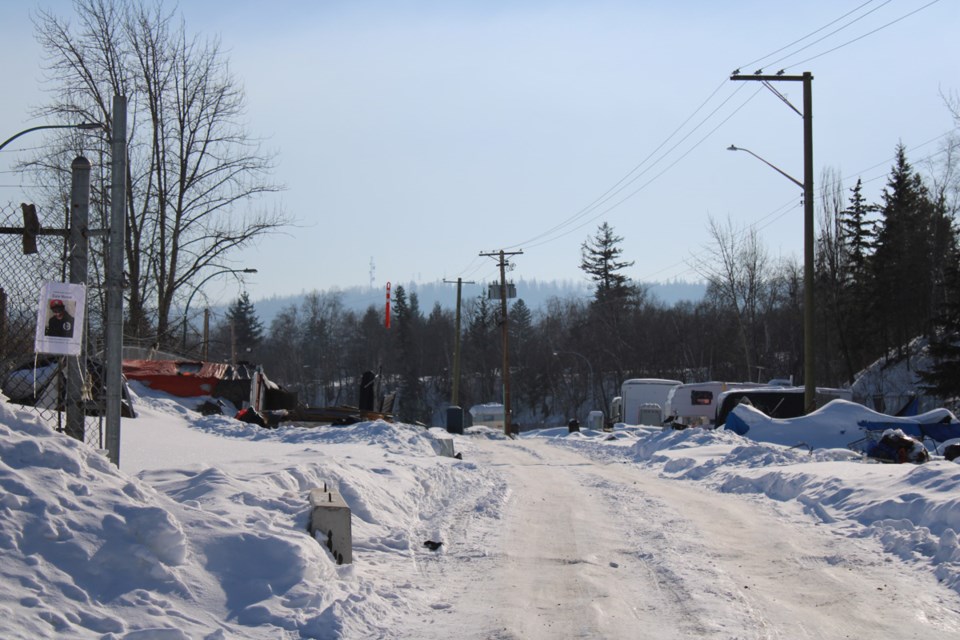Prince George mayor and council’s recent proposal to revise the bylaw to centralize homeless encampments has me worried for a number of reasons.
I believe our local government is under the illusion they can corral all homeless folks in Prince George like cattle to the Lower Patricia Boulevard encampment known as Moccasin Flats.
Like the rest of us who are fortunate enough to have homes to live in, the un-housed also have the right like us to choose where they want to live based on safety, comfort, convenience and familiarity. And they will live in places where they will have their needs met.
Why is it a priority to kick folks out of Millennium Park so the city can restore it? To me, it would make sense to keep the encampment there because it’s accessible to all kinds of services and supports downtown.
Instead of having the eye sore at Millennium Park and other parts of the city, let’s clean out all of the homeless in visible places and move them to Moccasin Flats – out of sight, out of mind. This is how I see the objective of this current plan.
The huge liabilities associated with this proposed bylaw revision completely blows my mind. What would be the outcome of forcing our city’s homeless to reside in a confined area with no running water, toilets, showers and heat?
Folks who left Moccasin Flats did so because of safety issues. Like any community there are good and not so good people who try to reside together. Having an option to move is a right that everyone is entitled to.
I often hear the question “why don’t the homeless go to the shelters?” Couples, people with dogs, outstanding peer conflicts and mental illnesses make it impossible for un-housed folks to live successfully in group settings.
And then there’s the issue of addiction. We are in the epicentre of a toxic drug crisis. Most of our homeless addicts do drugs to cope with the trauma of not having a home, not having food, warmth, safety, security and community connection.
My neighbourhood, the Millar Addition, is going into our third year of living next door to Moccasin Flats. The neighbourhood is divided on the topic of the encampment. From day one, there has been a huge divide between the encampment advocates and a number of the neighbours. This disconnect has been very awkward and difficult in terms of finding common ground and working together in an integrated manner for the higher good of everyone involved.
As I was sitting in the council chamber gallery on March 13 listening to mayor, council and administration discuss the topic of a centralized approach I was struck with the realization that there was a huge component missing. Were the service providers and advocates invited to collaborate in this process? And to me, the most important group has been excluded from these discussions - our marginalized population.
The City of Prince George has been placed in a very difficult position of having to assume responsibilities that in my opinion can be shouldered through provincial and federal funding initiatives. But this takes time to sort through. And it takes the cooperation and spirit of all stakeholders to put differences aside and come together. There are way more than two options to adequately deal with our housing crisis. Anything is possible if we have the collective will and commitment to make Prince George a better place. We have the resources and expertise to do this, so let’s get busy and make this happen.
Diane Nakamura is a Prince George writer.



